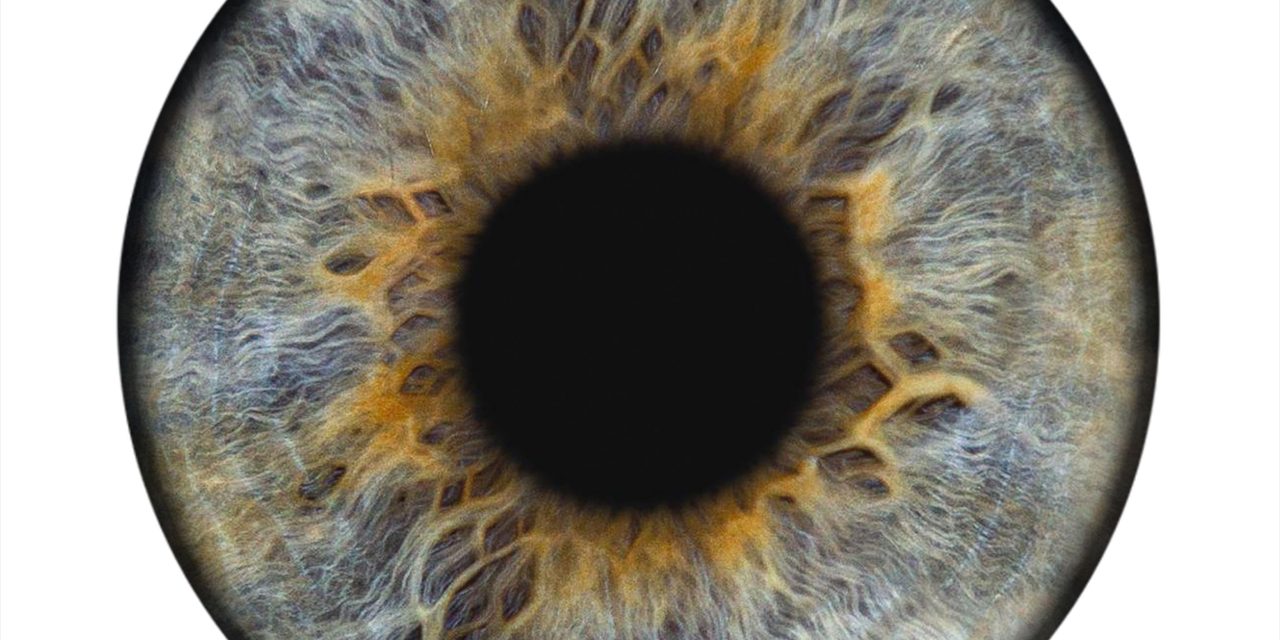5-year results of the HORIZON trial comparing cataract surgery combined with an intracanalicular microstent to cataract surgery alone.
Prospective, multicenter, controlled randomized clinical trial.
Patients with cataract and POAG treated with ≥ 1 glaucoma medication, washed out diurnal intraocular pressure (DIOP) 22-34 mmHg and no prior incisional glaucoma surgery.
Eyes were randomized 2:1 to receive a Hydrus® Microstent (Ivantis, Inc.) or no stent after successful cataract surgery. Follow-up was conducted through 5 years postoperatively.
IOP, glaucoma medication usage, repeat glaucoma surgery, visual acuity, visual field, procedure related adverse events, and corneal endothelial cell counts.
369 eyes were randomized to microstent treatment (HMS) and 187 to cataract surgery only (CS). Study groups were well matched for preoperative IOP, medication usage, washed out DIOP, and glaucoma severity. Five year follow up was completed in 80% of patients. At 5 years, the HMS group had a higher proportion of eyes with IOP ≤18 mmHg without medications compared to CS (49.5% vs. 34.8%, p=0.003) as well as a greater likelihood of IOP reduction of ≥ 20% without medications compared to CS alone (54.2% vs. 32.8%, p<0.001). The number of glaucoma medications was 0.5 ± 0.9 in the HMS group and 0.9 ± 0.9 in the CS group (p<0.001), and 66% of eyes in the HMS group were medication free compared to 46% in the CS group (p<0.001). The cumulative risk of incisional glaucoma surgery was lower in the HMS group (2.4% vs. 6.2%, log-rank p=0.027). There was no clinical or statistically significant difference in the rate of endothelial cell loss from 3 months to 60 months between the HMS and CS groups (p=0.261). Visual acuity did not differ between groups, and there was no difference in long term postoperative adverse events.
The addition of a Schlemm’s canal microstent in conjunction with cataract surgery was safe, resulted in lowered IOP and medication use, and reduced the need for postoperative incisional glaucoma filtration surgery compared to cataract surgery alone after 5 years. Long term presence of the implant did not adversely affect the corneal endothelium.
Copyright © 2022. Published by Elsevier Inc.
Long term outcomes from the HORIZON randomized trial for a Schlemm’s canal microstent in combination cataract and glaucoma surgery.


